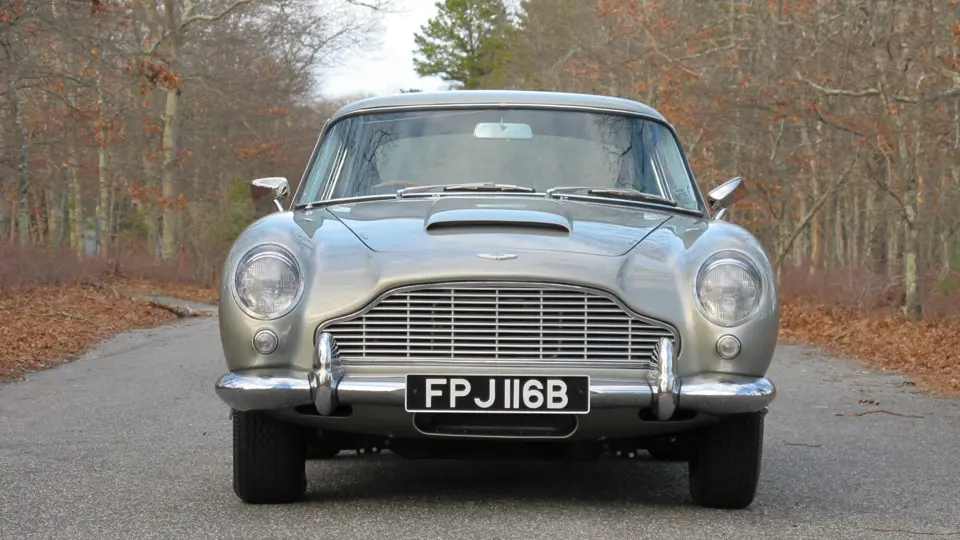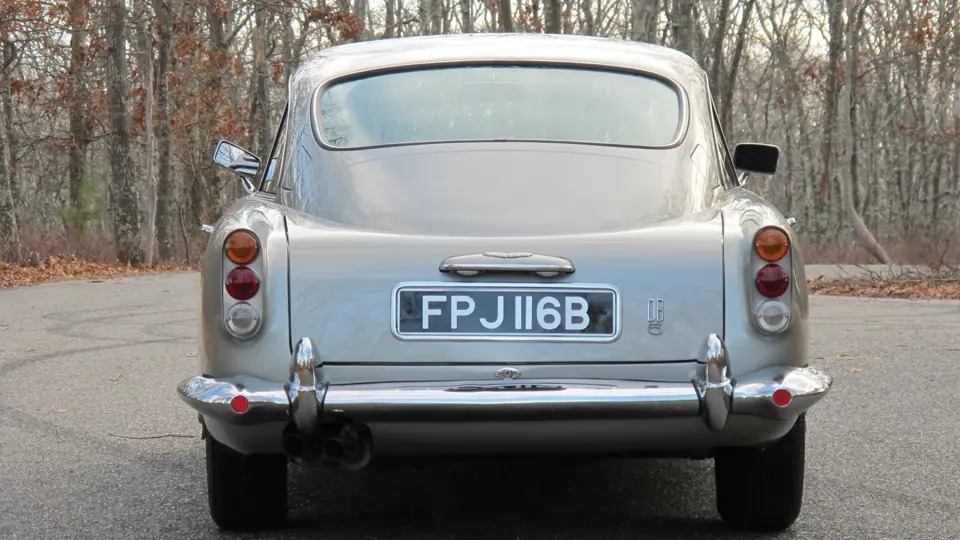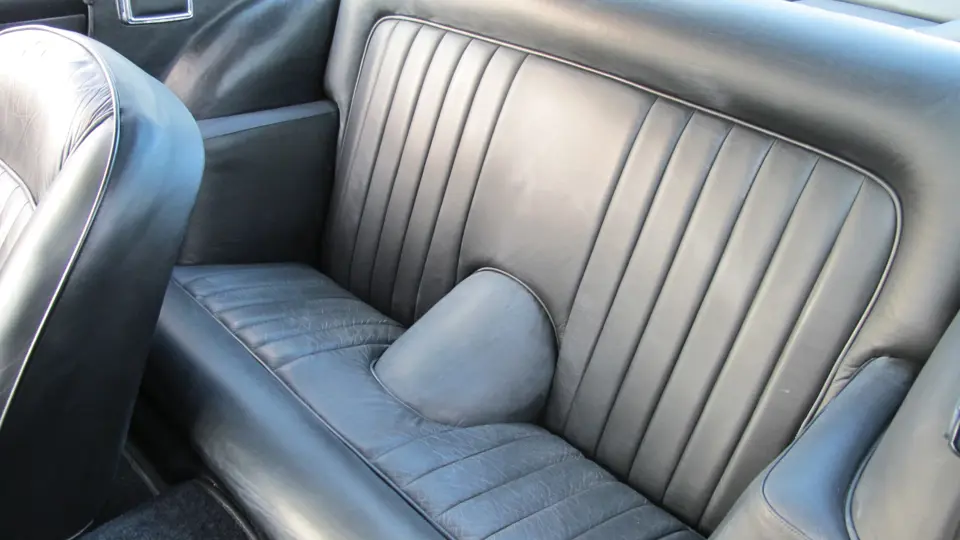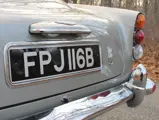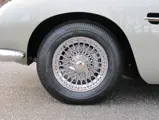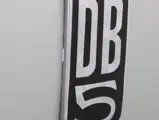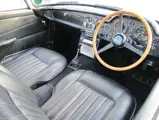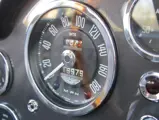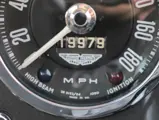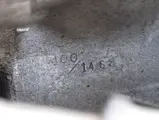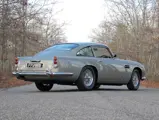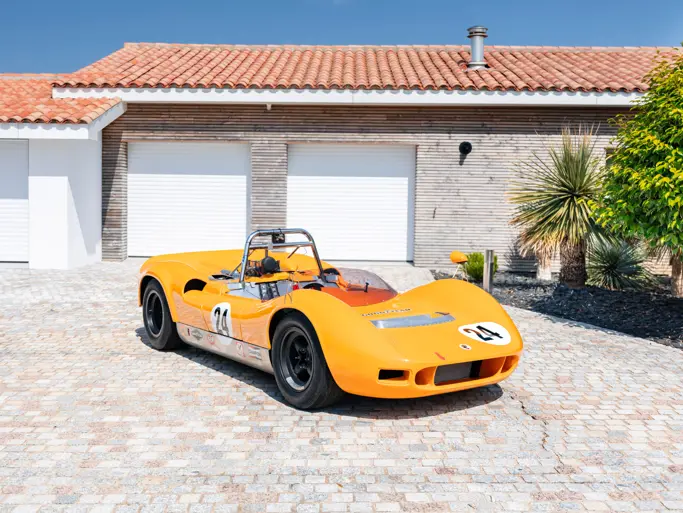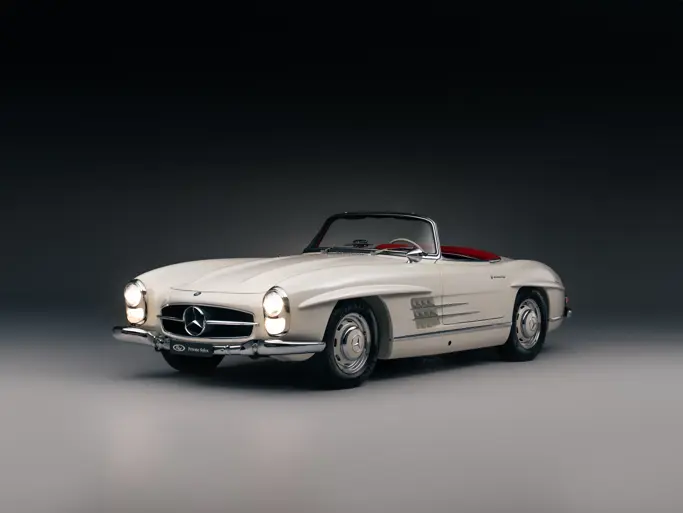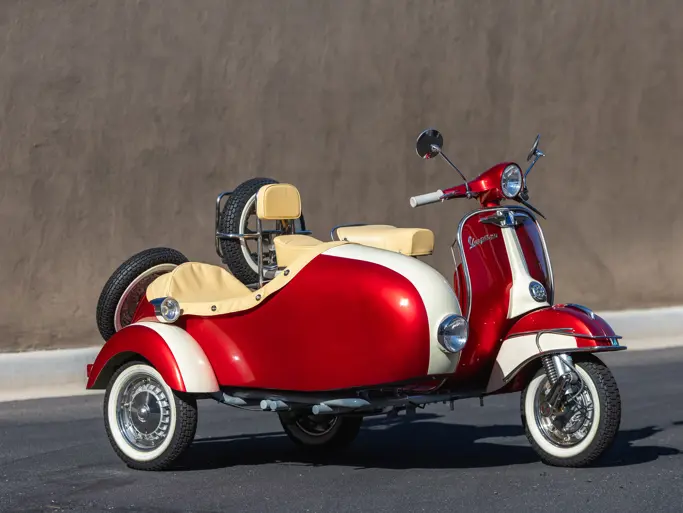282 bhp, 3,995 cc DOHC inline six-cylinder engine, triple SU carburettors, ZF five-speed manual gearbox, independent front suspension with double wishbones, coil springs and telescopic shock absorbers, rear suspension by live hypoid axle mounted on parallel trailing links, transversely located by Watt's linkage, and four-wheel, twin-servo Girling disc brakes. Wheelbase: 98"
- Fewer than 20,000 miles indicated
- Matching-numbers engine, beautiful body and finish, desirable factory options
- Complete with copy of original Aston Martin build sheet
“Opinions vary greatly – and inevitably – on which is the ‘best’ of the new breed of Aston Martins. Sir David [Brown] puts his money on the DB5” – Geoff Courtney, The Power Behind Aston Martin
In its fifth year of continuous development, the DB4 had become slightly longer and taller, evolving into an exciting long-distance grand touring machine. The new DB5 arrived in the autumn of 1963, essentially an advanced development of the “Series V” DB4 and distinguished primarily by its larger, more powerful four-litre version of the DB4 unit, along with triple SU carburettors as standard, replacing the twin-carb setup from the original DB4. In standard tune, the engine was rated at 282 horsepower: good for 0-to-60 times of 8.1 seconds with a top speed of 141 mph – superb performance for its day. After approximately the first 50 cars were built, the DB5 was upgraded with the sturdy, all synchromesh ZF five-speed gearbox as standard equipment, in place of the prior David Brown-produced four-speed. The DB5 maintained the 98-inch wheelbase, pressed-steel platform chassis, DOHC inline six-cylinder engine and the choice of either the four-seat coupé or drophead coupé bodies of its predecessor.
The DB5 differed in many other respects as well. The 15-inch wheels and wider track introduced with the Series V DB4 were retained, the Dunlop disc brakes were replaced with Girling units, and the suspension was significantly redeveloped with the front now adjustable for camber and the addition of Armstrong “Selectaride” dampers in the rear, along with a dash-mounted control to adjust stiffness to the driver’s taste. Most visually apparent, the trademark sloping front fenders with covered headlights, first seen on the DB4GT competition variant, became a DB5 hallmark. The dash and gauges were also modified to include an oil temperature gauge, à la the DB4GT. In total, no fewer than 170 changes completed the transformation from the original DB4 to the DB5.
Despite all these advances, Aston Martin still remained one of the world’s smallest and most obscure of automakers, producing only a few hundred cars a year, with each example carefully built by hand. Aston Martin’s exclusive client base included some of the most discerning connoisseurs of grand touring automobiles, many of whom were attracted to the marque by its long history of sports-car racing success. At a production rate of just 18 units per week, only 886 DB5s were produced between 1963 and 1965, all of which received Touring’s Superleggera bodywork. Rare when new, priced roughly double that of the exciting new E-Type Jaguar and commensurate with a contemporary Bentley, Aston Martin was hardly a household name, but that was all about to quickly change.
Of course, Aston Martin’s fame and that of the DB5 in particular were due in no small part to the popularity of Ian Fleming’s James Bond, otherwise known as Her Majesty’s Secret Agent 007. While the Bond character originally drove an Aston Martin DB MK III in Fleming’s novel Goldfinger, Henry Saltzman and Albert Broccoli were determined to use a DB5 in their big-screen adaptation of Fleming’s spy thriller. Regardless of its automotive merits, however, much of the DB5’s status as a pop-culture icon was the result of its association with the sophisticated and debonair British secret agent.
Resplendent in its beautiful Bond-appropriate Silver Birch and complemented by a lovely, correct, black leather-trimmed interior, this right-hand drive DB5, chassis number DB5/1493/R, was sold new in Scotland. More recently, the current owner acquired it from noted UK authority Richard S. Williams, and today, the odometer shows fewer than 20,000 miles. According to a copy of its original build sheet from Aston Martin, DB5/1493/R was factory-equipped with such desirable options as chrome wire wheels and a 3.77:1 Power-Lok differential. A recent inspection by an Aston Martin marque expert confirms that the DB5 retains its matching-numbers engine, 400/1468, and reports that it was both tight and responsive on the road. Panel fit is excellent and the chassis is impressively restored and undercoated. Chrome wire wheels are wrapped in Avon rubber, and the interior features a period-appropriate Moto-Lita steering wheel in the style of the original. Entertainment at speed is enhanced by a modern CD stereo unit tastefully fitted within the original-type console.
An Aston Martin DB5 is a rare and sought-after car in its own right, with just 886 DB5 Coupés built for an exacting and exclusive clientele of high-performance GT aficionados. Combining copious power and performance with inimitable panache, the DB5 remains arguably the most famous automobile ever produced. This DB5 is a terrific, matching-numbers example of this timeless GT car, offered in exemplary condition and inviting close inspection.
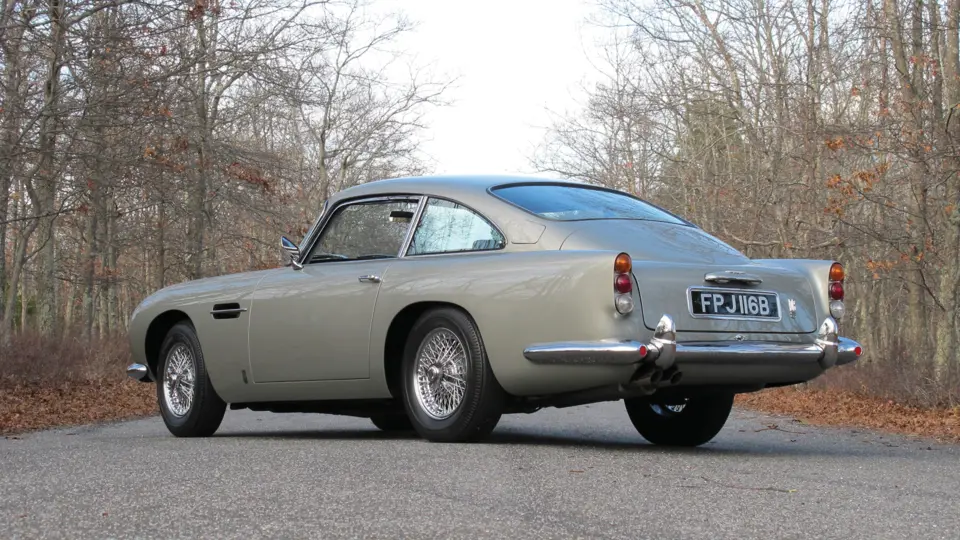



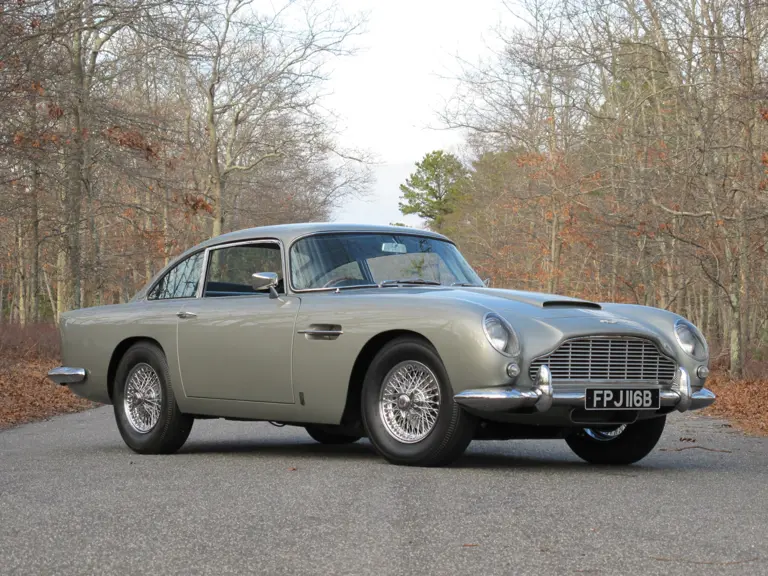

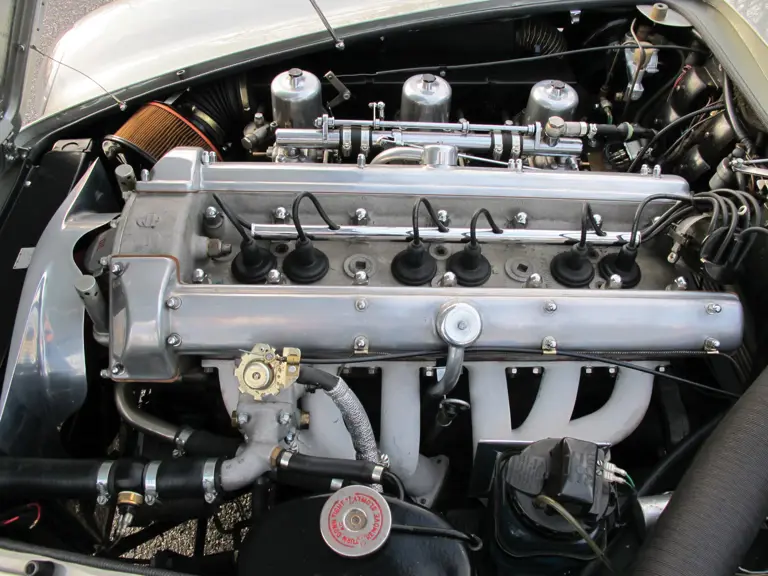


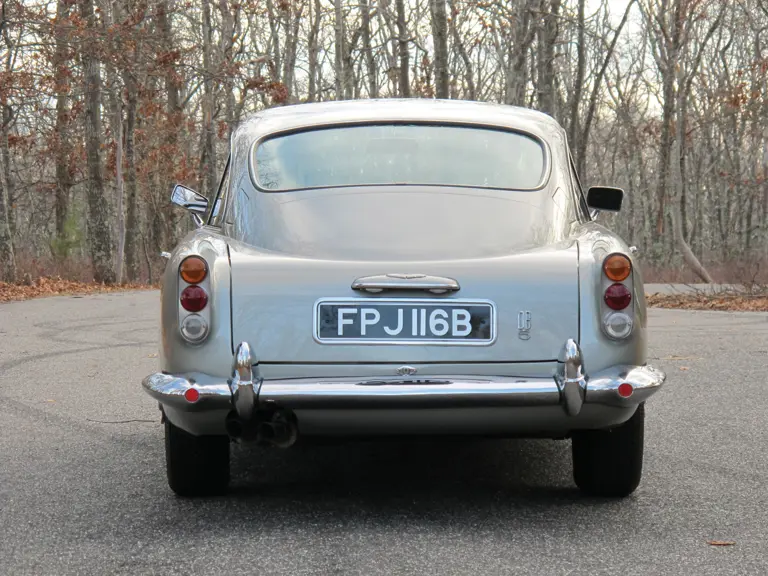
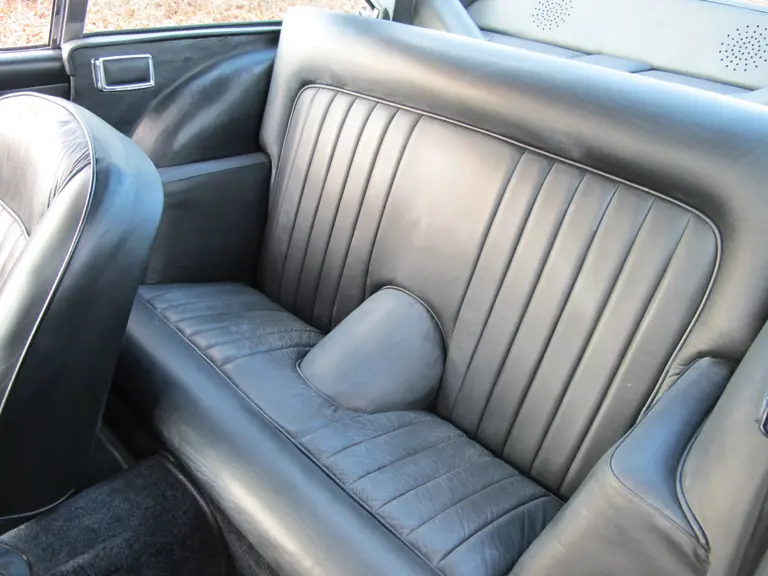
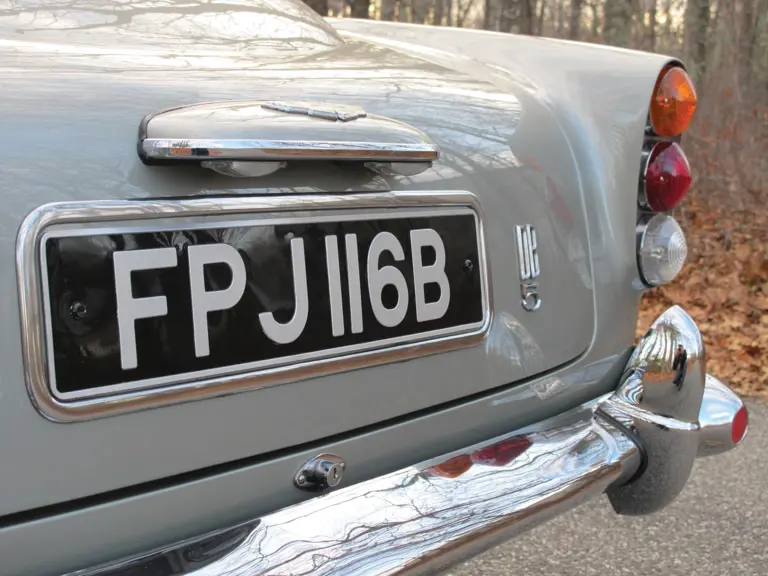
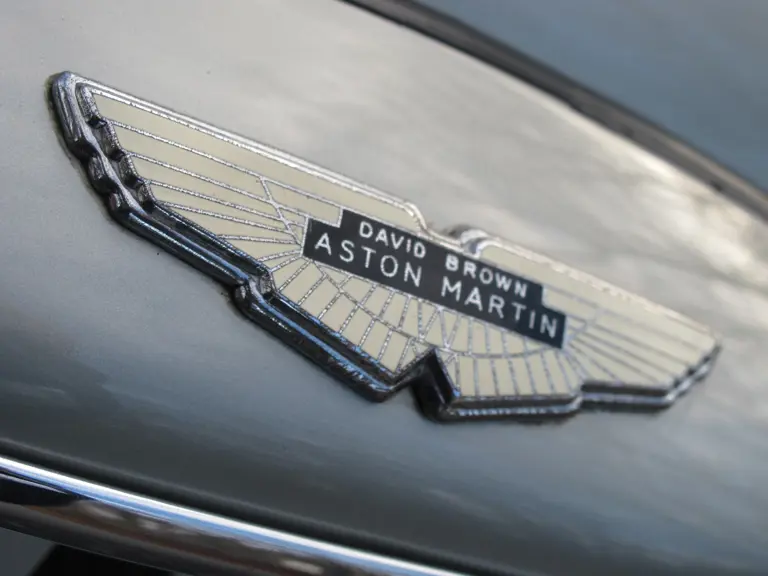
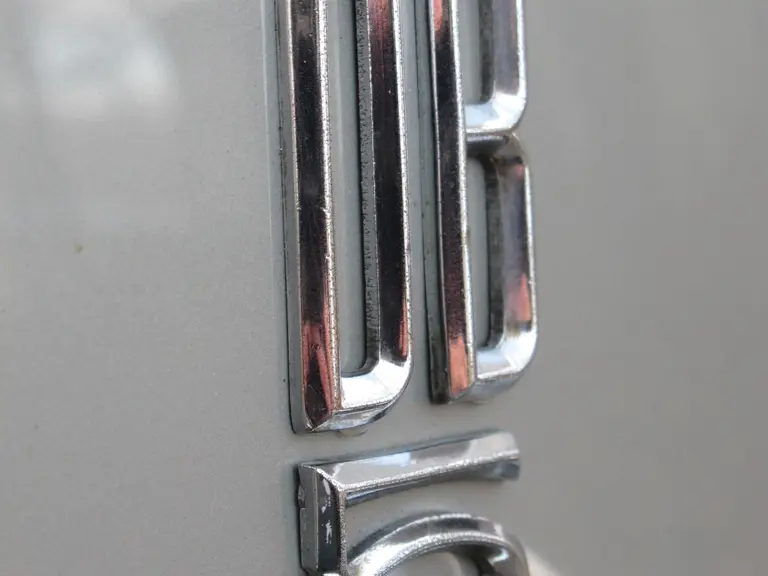
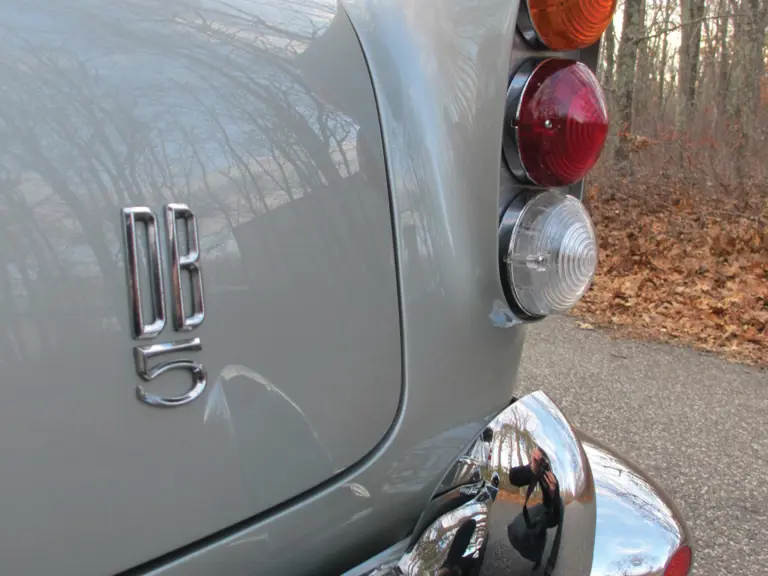

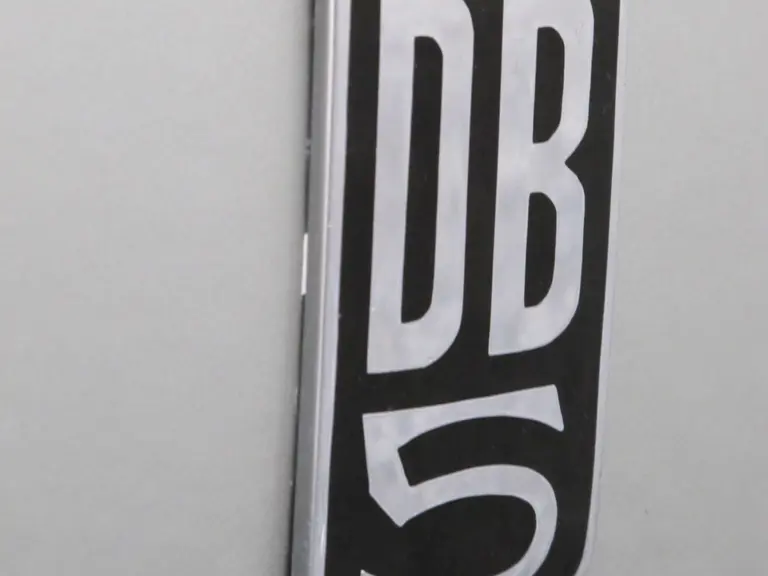

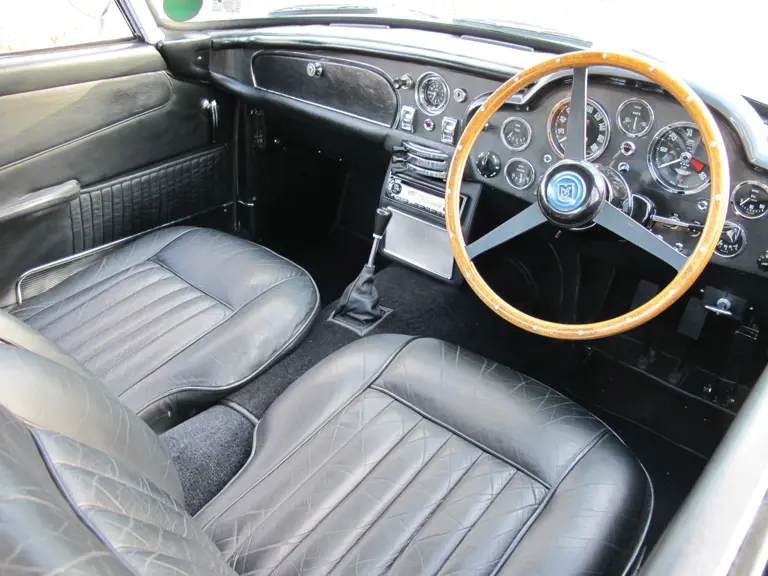
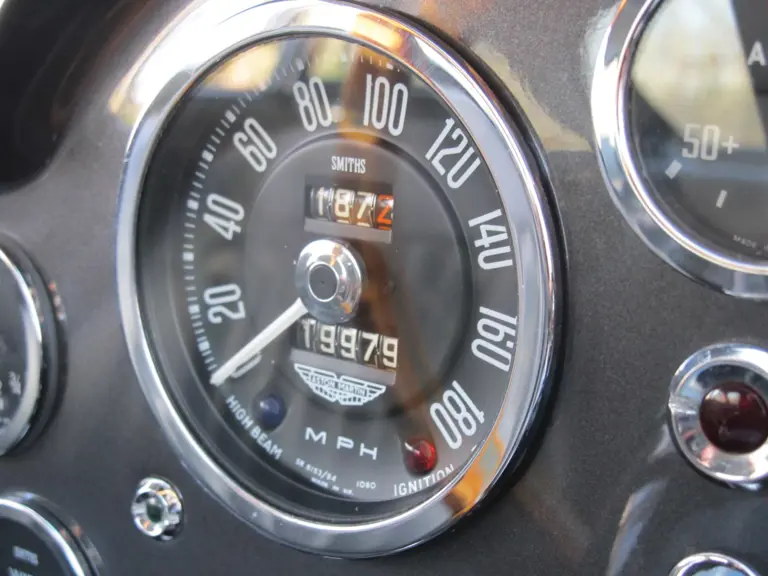
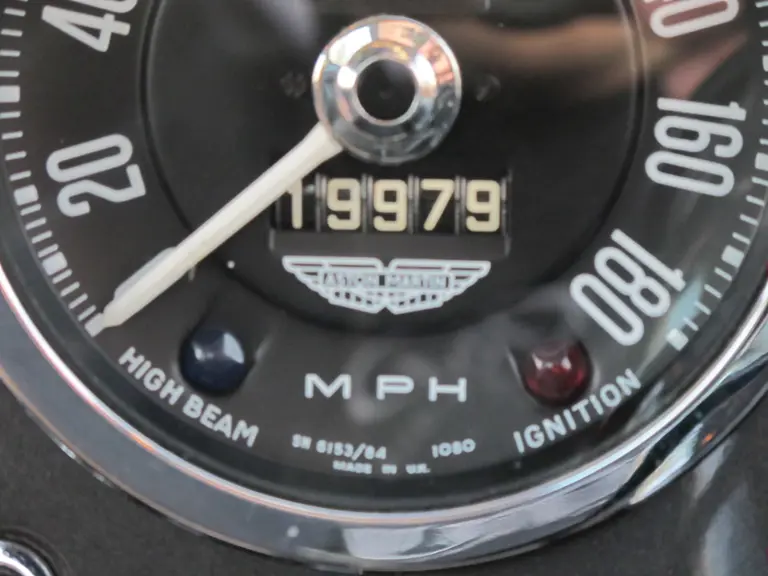
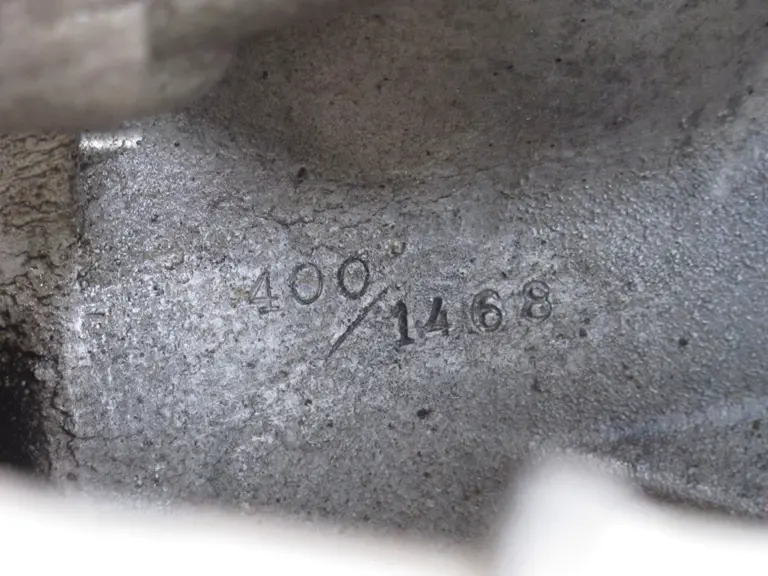

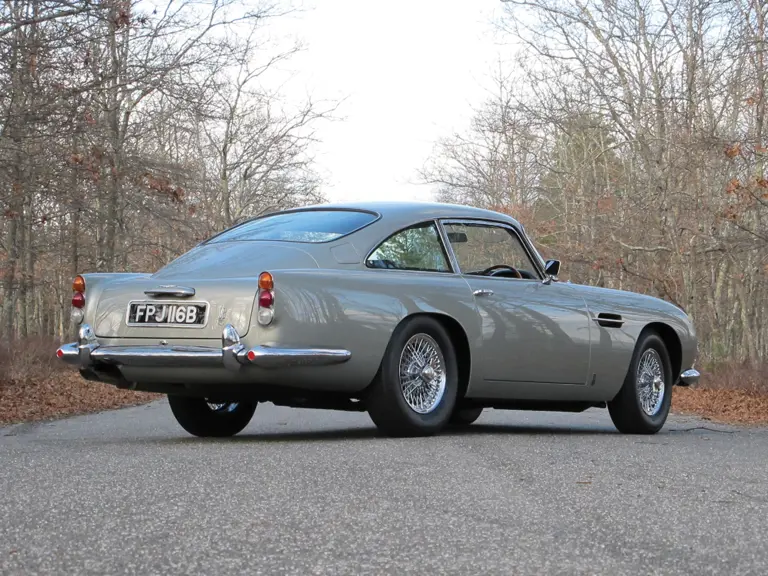
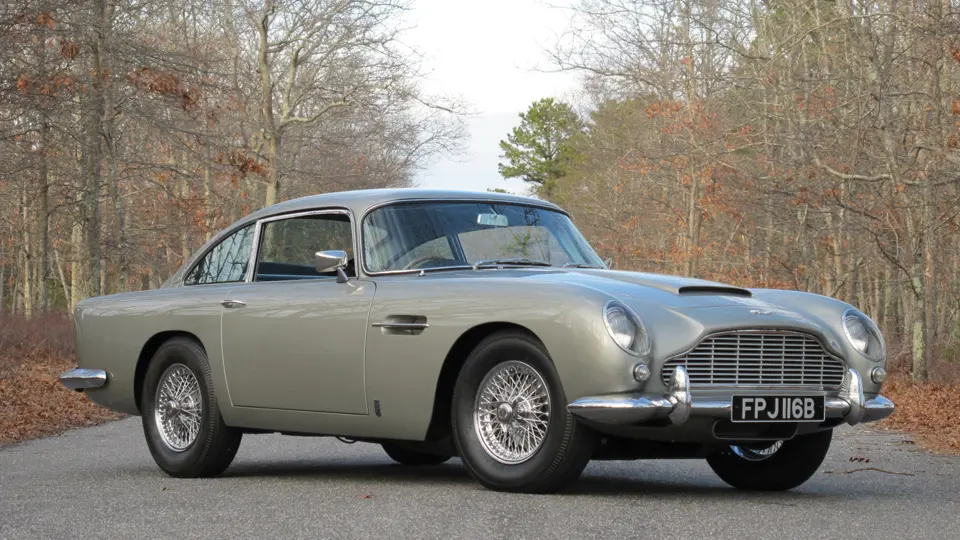
 | United Kingdom
| United Kingdom
